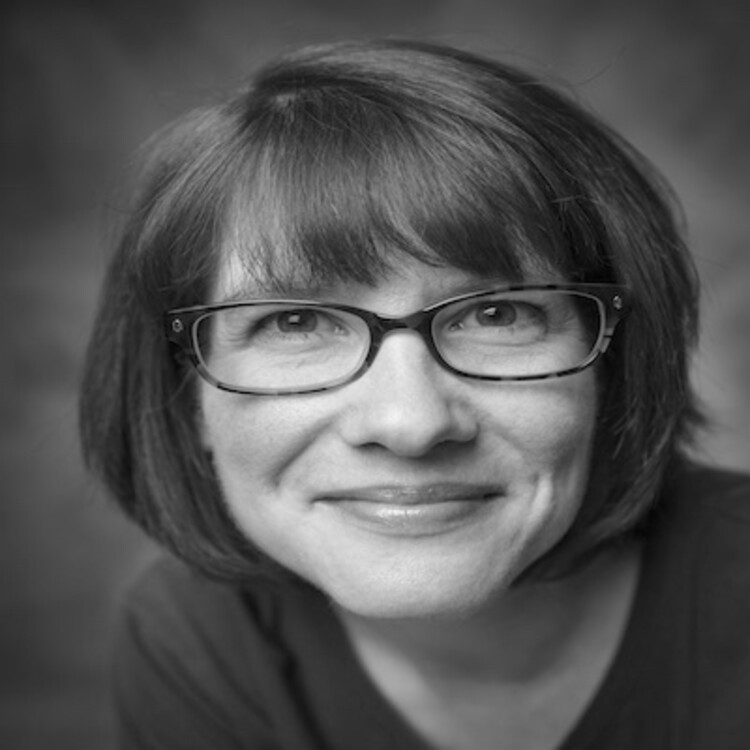Sci+Art Creativity in the Triangle
Seeing the Forest and the Trees
Experimentation is a poiesis, or a bringing-forth of some phenomenon through praxes.
– Robert Crease, The Play of Nature: Experimentation as Performance.
In his 1993 book, science philosopher Robert Crease argues that when theoretical scientists refuse to consider experimentation as anything other than rote trial and error, the very fabric of science suffers. If we cast scientific experimentation as a kind of theatrical practice, he asserts, we can see the performance of experiment as the complex, interpretive, and inventive process by which imagined phenomena are called into being. Of course, one must first accept the premise that the material world is called into being through processes of description, interpretation, and measurement not simply existing, waiting to be uncovered. This might be an easier proposition for philosophers than scientists.
As a dramaturg and the daughter of an engineer, I see intriguing parallels between scientific practice and theater practice. For the past few years, I’ve been grappling with a question that emerged for me out of Crease’s analogy: If we apply the reverse, and cast theatrical experimentation as a kind of scientific investigation, can the artist and scientist meet and work on common ground to not only express but also create practical actions in relationship to fields such as medicine, engineering, neuroscience, or ecology?
If we apply the reverse, and cast theatrical experimentation as a kind of scientific investigation, can the artist and scientist meet and work on common ground to not only express but also create practical actions in relationship to fields such as medicine, engineering, neuroscience, or ecology?
Recently I’ve been exploring that question while collaborating with colleagues at Duke University’s Nicholas School of the Environment to convene a working group: EPA Squared, or Environment, People, Arts, Engagement, Performance, Action, funded by a grant from the Franklin Humanities Institute. As part of our mission, we examine the recent wave of sci+art projects and festivals and facilitate shared projects between performing arts and sciences departments. This group extends work I began in a class titled “Performing Science: Experimentation, Collaboration, Artistry,” for which Crease’s text was our central theoretical touchstone.
In discussions in and outside the classroom, I have found scientific researchers eager to collaborate with visual artists, documentary filmmakers, creative non-fiction writers, and even poets and novelists. They feel that working with artists, or even that developing their own creative work helps communicate complex scientific findings and concepts more effectively to wider audiences. Recent examples of this need can be seen in the passage of legislation that makes it illegal for the North Carolina Coastal Resources Commission to use modern scientific models to estimate future sea-level changes as well as the bill opening the state to the fracking industry, which was vetoed by our current governor, but overridden by the NC General Assembly.
However, though scientists were eager to work with artists, a notable majority drew the line at making artists partners in scientific inquiry itself. Theatre held particular aversion. As one of my students put it, “Theatrical experimentation is about making believe about reality. Scientific experimentation is about measuring actual reality.” Another participant in the working group explained his reluctance to become involved because one of the conveners was “from the theatre department.” While he was an avid photographer, nascent filmmaker, and even dabbled in creative writing about his research in environmental science, theatre “wasn’t helpful” in his quest to provide the public with clear and credible scientific knowledge.
These attitudes, while disappointing, weren’t entirely surprising. In theory, the panoply of scientific, technological, and educational institutions clustered in Raleigh-Durham-Chapel Hill makes it the perfect laboratory for interdisciplinary partnerships. Certainly, many local industries and institutions are stalwart arts supporters that fund symphonies, dance performances, fine arts museums, and film festivals. The area also enjoys its share of residencies from outside companies embarking on new sci+art experiments. (Anne Bogart’s SITI Company visited UNC-Chapel Hill in May 2012 to develop their piece, Who Do You Think You Are, which explores contemporary neuroscience research and human interaction in the twenty-first century.) Nonetheless, the amount of homegrown new work, robustly funded and rooted in collaborations between local theatre artists and local scientists and researchers, is nearly nonexistent. And the science plays that do appear in a season’s offerings are typically rooted in realism, linear narrative, and historical accuracy. (The very definition of a “science play” is hotly contested. For example, see the January 2007 American Theater review of Kirsten Shepherd-Barr’s book, Science on Stage, written by Carl Djerassi, professor of chemistry, novelist, and playwright.)
At this point of apparent divergence, I return to Crease’s notion of “experimentation” as the possible path away from misperceptions about science (as a priori truth) and theatre (as a priori falseness) that derail these investigatory partnerships. If science disciplines were to see their practices as creative, interpretive, and narrative, and if theatre would let go of narrative, realism, and embrace unknown vocabularies and perspectives, what discoveries might we make while working together?
If science disciplines were to see their practices as creative, interpretive, and narrative, and if theater would let go of narrative, realism, and embrace unknown vocabularies and perspectives, what discoveries might we make while working together?
As one step to answering such questions, members of EPASquared have secured funding to bring visual artist Shawn Hall and the performance company PearlDamour to Duke’s campus for a fall 2012 residency and performance of their new work, How To Build a Forest. Inspired by ecologically diverse and fragile locations in Vancouver, Michigan, and New Orleans, Forest follows a company of “builders” as they erect and disassemble a stage-bound forest of human-made materials over the course of eight hours. Part theatrical performance, part art installation, the piece immerses audiences in a controlled yet “wild”, immense yet intimate environment in which they are invited to interact or just observe. Forest dramatizes the life cycle of ecosystems and our complex relationship to natural resources, offering participants a tangible experience of environmental labor and loss.
While this piece finds us once again reaching outside for innovative, experimental work, the two sponsoring units–Theater Studies & the School of the Environment–are spending the summer cultivating partnerships and devising outreach activities across arts and science fields with institutions and individuals in the area and around the state. We plan to buttress the residency with sci+art coursework and public events to inspire discussion about issues of sustainability and biodiversity that affect our state, nation and world while also illuminating the value of theatrical performance as a co-investigator in the search for ways to communicate and solve the complex thicket of problems facing our planet.



Comments
The article is just the start of the conversation—we want to know what you think about this subject, too! HowlRound is a space for knowledge-sharing, and we welcome spirited, thoughtful, and on-topic dialogue. Find our full comments policy here
Hi Jules, I’m excited to hear about your work! I run Out of
Hand Theater in Atlanta, where we partner with scientists and other passionate
experts to develop innovative new work. Right now we’re touring Group
Intelligence, an interactive
theatrical event modeling origins of life chemistry on a human scale,
which we created in collaboration with the
NSF/NASA Center for Chemical Evolution. Check us out at www.outofhandtheater.com.
Hi Jules- an extension of your article seems to me the potential in art not just dramatizing or demonstrating a set of beliefs, facts or conditions, but, as you say at the end, art as a co-investigator of ways to communicate and solve. I would love to see you (and your partners) explore How To Build a Forest as a model of experiential, participatory art that offers impetus to seek utility alongside metaphor, and opportunity for engagement amidst the action of witnessing. Hopefully, you can take PearlDamour's work straight into 'the lab' of rehearsal rooms, civic life and research spaces. I look forward to hearing what specific seeds get planted, and what grows.